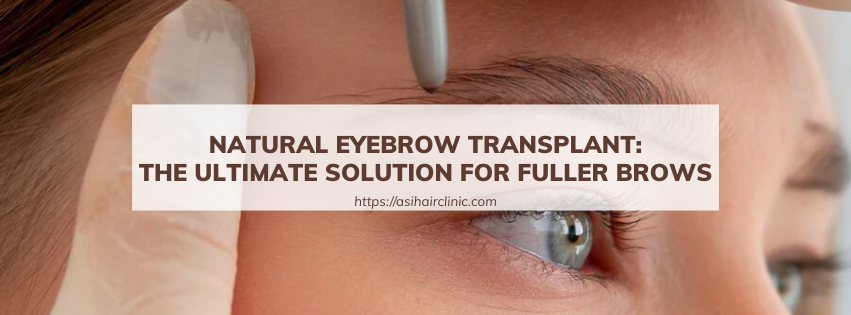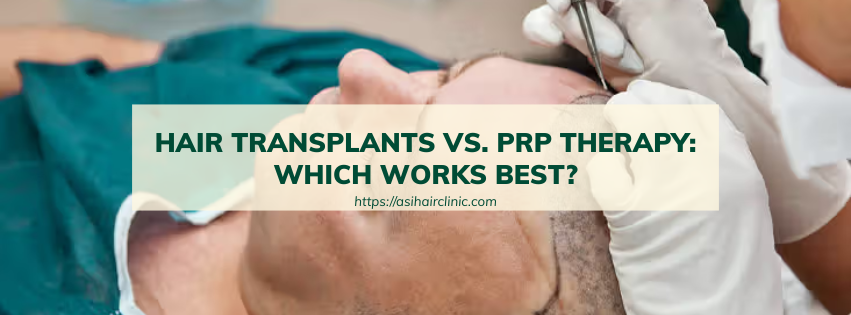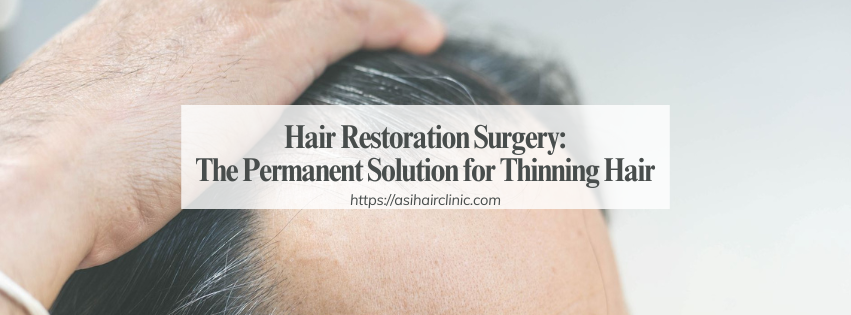Hair Transplant Aftercare - All You Need to Know
A hair transplant can be a life-changing decision, offering the promise of a lush, full head of hair and renewed confidence. However, the journey doesn't end with the surgery itself. The post-operative period, known as aftercare, is crucial for maximizing the success of your transplant and achieving optimal results. This comprehensive guide will delve into all aspects of hair transplant aftercare, providing you with the knowledge and tools to navigate this vital phase. From immediate post-operative care to long-term maintenance, we'll cover everything you need to know to ensure your hair transplant thrives.
1. Why is Hair Transplant Aftercare Important?
Your scalp has undergone a significant procedure, and it needs time to heal and adjust. Following the surgeon's instructions meticulously is vital to minimize the risk of complications and optimize the growth of your newly transplanted grafts. The success of your hair transplant depends not just on the surgeon's skill but also on your commitment to diligent aftercare.
The Role of Healing in Hair Growth
The healing process is essential for the success of your hair transplant. During this period, the transplanted follicles establish themselves in their new environment. If proper care is not taken, there is a risk that these follicles may not thrive, leading to poor hair growth or even loss of grafts.
- Scalp Sensitivity: After the procedure, your scalp will likely be sensitive and tender. This sensitivity is a natural response to the trauma inflicted during the transplant. It’s important to handle your scalp gently and avoid any actions that could irritate it.
- Blood Supply Restoration: The blood supply to the scalp plays a critical role in the health of the transplanted follicles. Proper aftercare ensures that blood circulation is restored effectively, allowing nutrients to reach the grafts. This is why avoiding strenuous activities that could increase blood pressure is crucial in the initial days following the surgery.
- Inflammation Control: Post-operative inflammation is another factor that can affect hair growth. Following your surgeon's recommendations regarding medications and topical treatments can help manage inflammation and promote a healthier environment for hair growth.
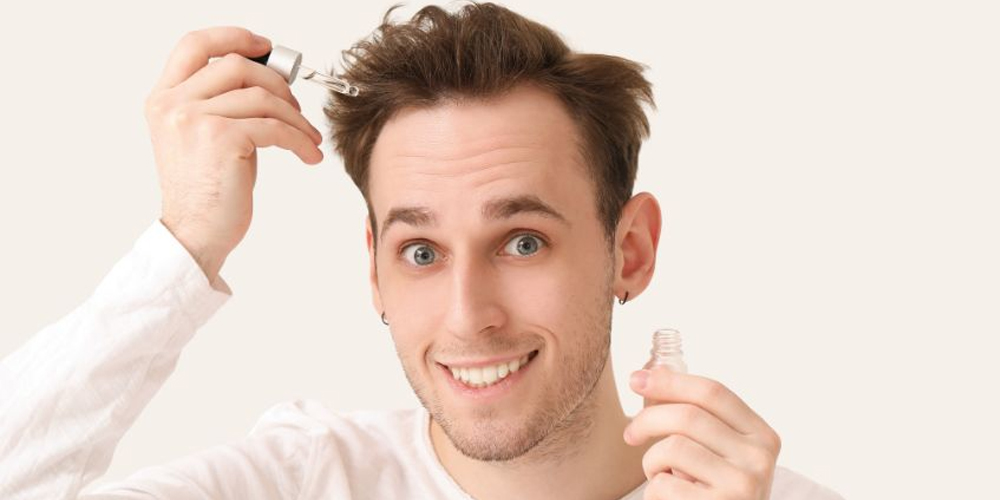
2. The Initial Phase: The First 24 Hours
The first 24 hours after your hair transplant are critical. You'll need to prioritize rest and avoid any strenuous activities that could disrupt the healing process.
- Rest: Rest is paramount during the initial phase. Your body requires energy to heal, and physical exertion can divert resources away from the healing process. Avoid activities that cause sweating or put pressure on your scalp, such as heavy lifting or vigorous exercise.
- Medications: Take prescribed medications as directed, including pain relievers and antibiotics. These medications will help manage discomfort and prevent infection, both of which are crucial for a successful recovery.
- Hydration and Nutrition: Staying hydrated and maintaining a balanced diet can significantly impact your recovery. Drinking plenty of water helps keep your body functioning optimally, while a diet rich in vitamins and minerals supports healing. Foods high in protein, omega-3 fatty acids, and antioxidants are particularly beneficial during this time.
3. The First Week: Care and Maintenance
The first week following your hair transplant is a delicate time. Proper care during this period can set the stage for successful hair growth.
3.1. Cleaning Your Scalp
- Gentle Washing Techniques: Your surgeon will provide specific instructions on how to wash your scalp. Typically, you'll want to avoid direct contact with water for the first few days. When you do begin washing, use a gentle shampoo and be careful not to rub or scrub the transplanted area.
- Avoiding Chemicals: In the first week, it's advisable to avoid hair products containing harsh chemicals, dyes, or fragrances. These substances can irritate the scalp and hinder the healing process. Opt for mild, sulfate-free shampoos that are less likely to cause irritation.
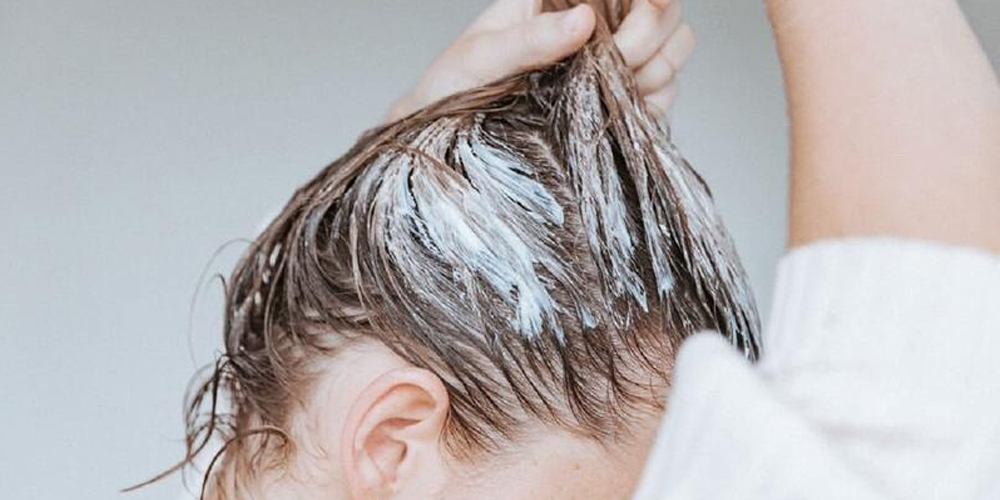
3.2. Managing Discomfort
- Pain Management: Discomfort is common after a hair transplant, but it should be manageable. Follow your surgeon's guidelines for pain relief, and don’t hesitate to reach out if you experience excessive pain or unusual symptoms.
- Cold Compresses: Applying cold compresses to the forehead and surrounding areas can help reduce swelling and alleviate discomfort. Make sure to wrap ice packs in a cloth to avoid direct contact with the skin.
3.3. Monitoring for Complications
- Signs of Infection: Be vigilant for signs of infection, such as increased redness, swelling, or discharge from the transplant site. If you notice any of these symptoms, contact your surgeon immediately for guidance.
- Graft Survival: Keep an eye on the transplanted grafts. While some shedding is normal, excessive loss of grafts can be concerning. Document any changes and discuss them with your surgeon during follow-up appointments.
4. The First Month: Transitioning to Normalcy
As you move into the first month post-transplant, your scalp will continue to heal, and you can gradually return to your regular routine.
4.1. Resuming Activities
- Physical Exercise: While light activities can usually be resumed within a week, more intense workouts should wait until your surgeon gives you the green light. Strenuous exercise can lead to increased blood flow and sweating, which may disrupt the healing process.
- Hair Styling: Avoid any styling that puts tension on the hair, such as tight ponytails or braids. It's best to let your hair grow naturally during this period to avoid stressing the newly transplanted follicles.
4.2. Long-Term Hair Care
- Moisturizing the Scalp: Keeping your scalp moisturized is essential for promoting healthy hair growth. Consider using a gentle, non-comedogenic moisturizer to nourish your scalp without clogging pores.
- Sun Protection: Protecting your scalp from sun exposure is crucial, especially in the weeks following your transplant. Wear a hat or apply sunscreen to the area to prevent sunburn, which can damage the healing skin and affect graft survival.
4.3. Follow-Up Appointments
- Importance of Check-Ups: Regular follow-up appointments with your surgeon are vital for monitoring your progress. These visits allow your doctor to assess the healing process, address any concerns, and provide additional guidance tailored to your needs.
- Questions and Concerns: Don’t hesitate to voice any questions or concerns during your appointments. Open communication with your surgeon will help ensure you receive the best possible care throughout your recovery.
5. The Long-Term Perspective: Beyond the First Month
Once the initial healing phase is over, the focus shifts to long-term care and maintenance of your new hair.
5.1. Establishing a Hair Care Routine
- Choosing the Right Products: Select hair care products that are suitable for your hair type and free from harsh chemicals. Look for shampoos and conditioners that promote scalp health and support hair growth.
- Regular Washing: Establish a regular washing schedule that keeps your scalp clean without over-drying it. Most individuals find that washing every other day works well, but listen to your scalp's needs and adjust accordingly.
5.2. Nutrition and Lifestyle Factors
- Diet for Healthy Hair: A balanced diet rich in vitamins and minerals is crucial for maintaining healthy hair. Incorporate foods high in biotin, zinc, iron, and vitamins A, C, D, and E to support hair growth.
- Stress Management: Stress can negatively impact hair health. Engage in stress-reducing activities such as yoga, meditation, or hobbies that bring you joy. Prioritizing mental well-being is just as important as physical health in promoting hair growth.
5.3. Continued Monitoring
- Keeping Track of Progress: Document your hair growth journey by taking photos at regular intervals. This will help you visualize your progress and stay motivated as you await the final results.
- Consulting Professionals: If you notice any issues or have concerns about your hair growth, consult your surgeon or a dermatologist. Early intervention can address potential problems before they escalate.
Conclusion
Hair transplant aftercare is a crucial aspect of ensuring the success of your procedure. By understanding the importance of aftercare, adhering to post-operative instructions, and establishing a long-term hair care routine, you can maximize the benefits of your hair transplant. Remember that patience is key; hair growth takes time, and the results will unfold gradually. Stay committed to your aftercare plan, and soon enough, you'll enjoy the full, vibrant head of hair you've always desired.
#hairtransplant #hairtransplantaftercare
LATEST POSTS




